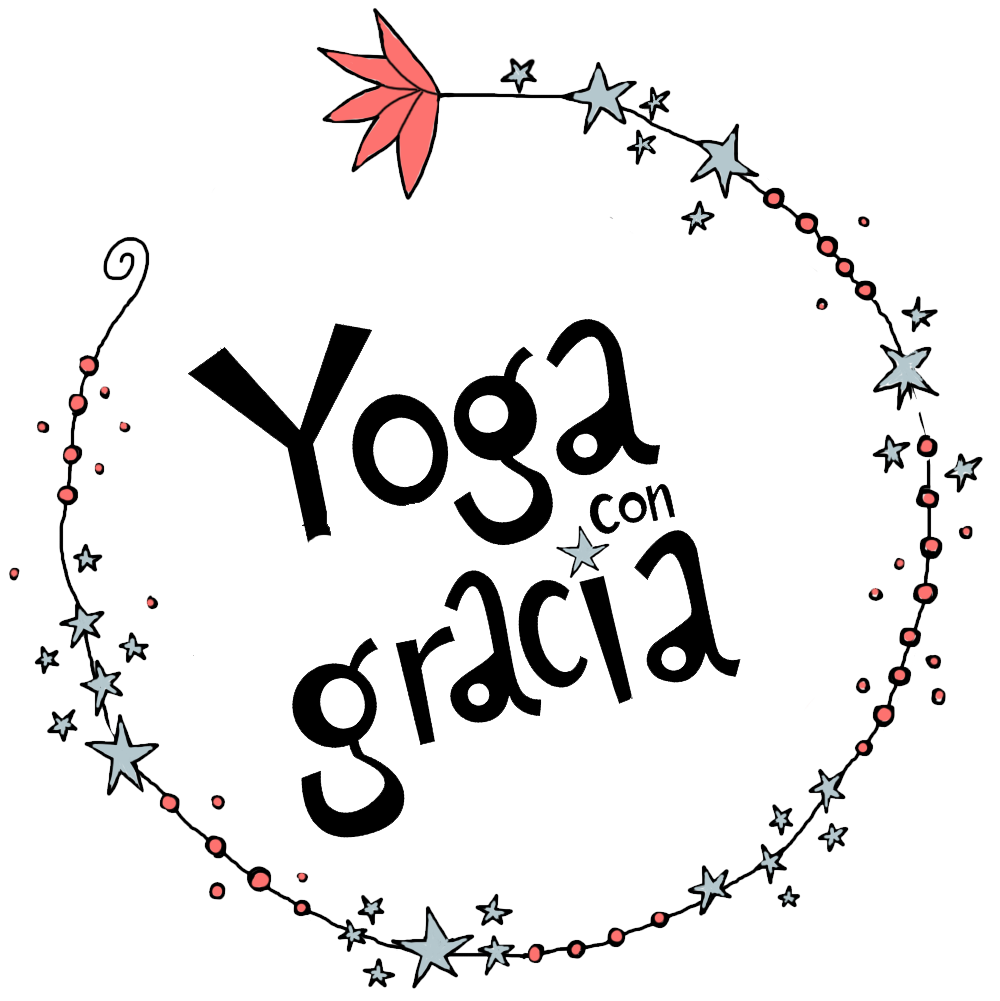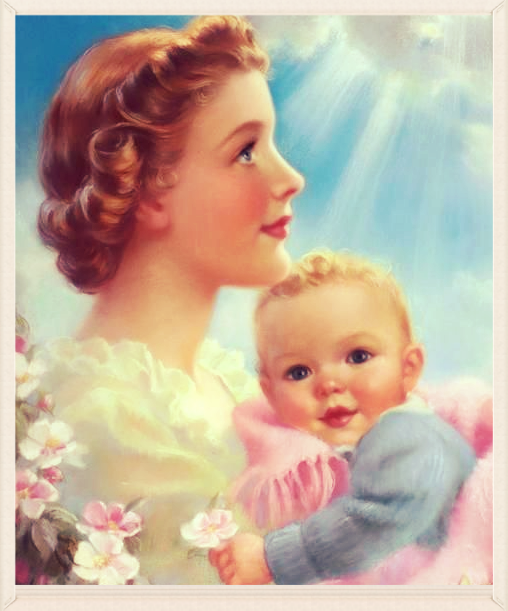Mother's love / AMOR DE MADRE/ Jivamukti May focus
Om sarva mangala-mangalye shive-sarvartha-sadhike sharanye tryambake gauri Narayani namo’stu te
Rindo homenaje a la Divina Madre de tres ojos, Narayani, portadora de buenos auspicios y cumplidora del deseo de liberación. Con sus bendiciones llega la realización. Ella es el mundo en sí. Sólo por medio de la experiencia de vida es posible perfeccionar el alma. Venera este regalo, tu vida, póstrate ante la Madre Naturaleza.
Durga Saptashati, capítulo 11
De acuerdo con las filosofías hindú y yóguica, el primer maestro y gurú es la madre: la creación de tu vida es ese gurú. Cada uno de nosotros mantiene una relación particular con su madre biológica. Es posible que desde la infancia hayamos tenido conflictos, discrepancias y diferencias con nuestros padres o tutores, e incluso que algunos de esos conflictos aún no estén resueltos. Los maestros se presentan de diversas formas y en diversos ámbitos de la vida. Nuestro primer maestro ha sido nuestra madre biológica, del mismo modo que la Tierra es nuestra madre por creación. Apreciar el poder de la creación implica valorar todas las formas de vida, no sólo la humana, pero también valorar la fuerza vital que fluye por todos los seres vivos.
La filosofía hindú hace referencia al planeta Tierra como «la Madre», la «Divina Madre» o «Ma»: ella es el aspecto creativo que provee aire, alimento y agua para la supervivencia de todos los seres que la habitan. Si observamos nuestra relación con la Madre, quizá hallemos algunas similitudes con la relación que mantenemos con nuestra madre biológica. Hay ocasiones en que nos enfrentamos a ella, momentos en que la ignoramos, y otras veces, sabemos que se enfadará por nuestras acciones. Sin embargo, es innegable que la madre biológica y la Divina Madre son nuestra conexión con la fuente de vida. Según el hinduismo, la Diosa pasa por diversas encarnaciones. La personificación de la Diosa representa el vínculo entre el papel de la madre y la Divinidad Femenina o Shakti.
El amor de una madre es incondicional. Una madre sabe que en virtud de nuestra existencia sufrirá y pese a ello, continúa criándonos y apoyándonos con todo su corazón. Cada año la Madre Tierra sufre la tala de miles de árboles, la contaminación de océanos, ríos y lagos, y la excavación de enormes minas. Pero la Tierra no es la única explotada: sus habitantes no humanos también padecen la explotación. Por ejemplo, el consumo de productos lácteos requiere la inseminación artificial de vacas lecheras cuyos terneros se apartarán de la madre en el momento de su nacimiento, con el fin de repetir el ciclo de inseminación y mantener constante la producción de leche. Los humanos roban la leche de las vacas, destinada a los terneros, y la venden para obtener dinero de otros humanos. La explotación de la industria láctea se origina en la creencia de que la Tierra y sus habitantes no humanos son bienes o productos, y no seres divinos, cuyo valor está sujeto al dinero que estos pueden reportar, en lugar de apreciar su valor por la conexión que mantienen con la fuerza que fluye por cada uno de nosotros. Estamos de acuerdo en que la vida es sagrada y sin embargo, algunas personas tienden a valorar más unas vidas que otras, a poner las vidas humanas por encima de las demás.
Para cambiar el sentido de propiedad sobre la Madre Tierra (y devolver la armonía a nuestro verdadero aspecto creativo) es necesario aceptar, reconocer y honrar todas las formas de vida, todos los aspectos de la Madre en todas sus formas, ya sea humana o animal, vegetal o espiritual. Los yoguis se esfuerzan por mantener una relación beneficiosa con la totalidad de la existencia, con todos aquellos que comparten la experiencia de vida en este planeta y universo. Honrar y respetar el poder de la Madre, verla como un ser vivo, como una Diosa, es alejarse de la separación y aproximarse a la unión con la fuente de nuestra propia creación. ¡Jai Ma!
— Doug Whittaker ( super yogui and director of Jivamukti Sydney studio- Australia )
En English:
Om sarva mangala-mangalye shive-sarvartha-sadhike sharanye tryambake gauri Narayani namo’stu te
I salute the three-eyed Divine Mother, Narayani, who brings total auspiciousness and who fulfills the desire for liberation. Realization arises with her blessing. She is the world itself. Only through the experiences of life can the soul be perfected. Honor this gift, your life, bow to mother Nature.
Durga Saptashati, chapter 11
According to Hindu and yogic philosophy your first teacher and guru is your mother—the creation of your life is that guru. Each of us has a different relationship with our biological mother. We probably experienced conflicts, disagreements and misunderstandings with our parents or guardians from childhood on, and some of these conflicts may not even be resolved to this day. Teachers come to us in many ways and in many areas of our life. This first teacher was our mother by birth as the Earth is our mother by creation. To appreciate the power of creation is to see all life as valuable, not just human life, but also the life force that flows through all living beings.
The planet Earth itself in Hindu philosophy is referred to as the Mother, Divine Mother or Ma—she is the creative aspect providing the air, food and water for the survival of all the beings who inhabit her. If we look at our current relationship with the Mother we may see similarities in our relationship with our birth mother. There are times whenwe clash, times when we ignore her and times when we do things that we know will upset her. However, through both our birth mother and the Divine Mother we are undeniably linked to the source of our life. In Hinduism the Goddess has many incarnations. The embodiment of the Goddess is the link between the role of the mother and the Divine Feminine, or Shakti.
The love of a mother is unconditional. She knows that by virtue of our existence we will cause harm to her—yet she continues to nourish and support us with all her heart. Each year thousands of forests are being cut down, oceans, rivers and lakes are polluted and giant holes are mined into Her. But it is not only the Earth herself who is exploited; itis also her nonhuman inhabitants. For example, human consumption of dairy products necessitates the forced impregnation of dairy cows, whose babies are taken away from them soon after birth; then those cows are impregnated again so as to continually produce milk. The resulting milk, which was meant for their babies, is stolen by humans and sold for profit to other humans. The exploitation caused by the dairy industry stems from the belief that the Earth and her nonhuman inhabitants are commodities and not divine beings and are valued by their potential monetary worth instead of valued for the connection to that force that flows through each and every one of us. We can agree that life is sacred, yet many of us still tend to value some lives more than others, human lives more than nonhuman lives.
What is needed to change this sense of ownership that is occurring with the Divine Mother—and return to a place of harmony with our true creative aspect—is to accept, acknowledge and honor all life, all aspects of the Mother, in whatever form She takes, whether human or nonhuman animal, plant or spirit. The yogi strives for a mutually beneficial relationship with all of existence, with all those who share in the experience of living on this planet as well as throughout the entire universe. Honoring and respecting the power of the Mother, seeing Her as a living being—as a goddess—is to move away from separation and closer toward union with the source of our creation.Jai Ma!
—Doug Whittaker ( director of Jivamukti Sidney- Australia)


